Marble, parquet, concrete screed, what do all these materials have in common? They are all popular flooring finishes in modern-day homes and each of them possesses unique qualities that determine their maintenance requirements. Do you know what they are?
Marble
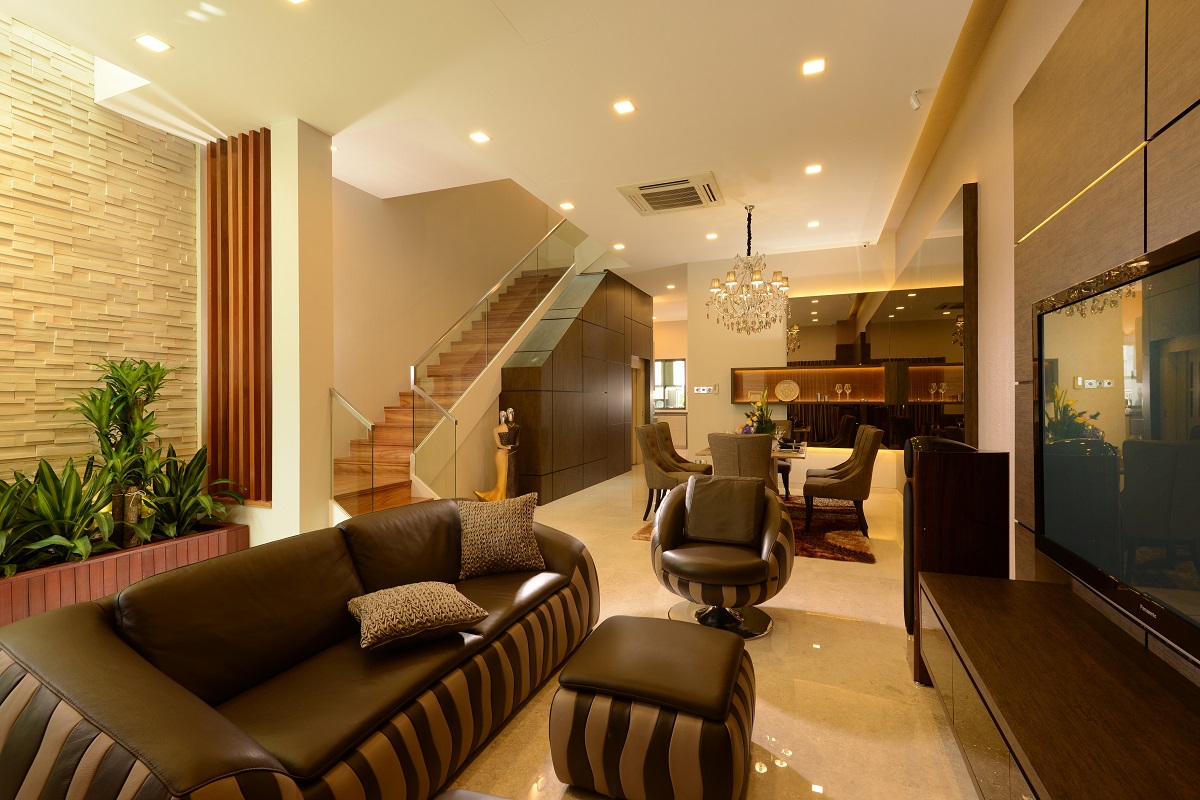
Renowned for its lustrous, smooth texture, marble is perhaps the most luxurious flooring material available to homeowners. However, as a natural stone that is porous, delicate maintenance is needed to ensure its sheen.
- Liquid spills can cause ugly stains, or even chipping if they seep through, so be sure to clean up any mess ASAP.
- To prevent unsightly scratches on a smooth marble floor, place mats below heavier furniture or pieces with sharper leg edges as a buffer.
Concrete Screed
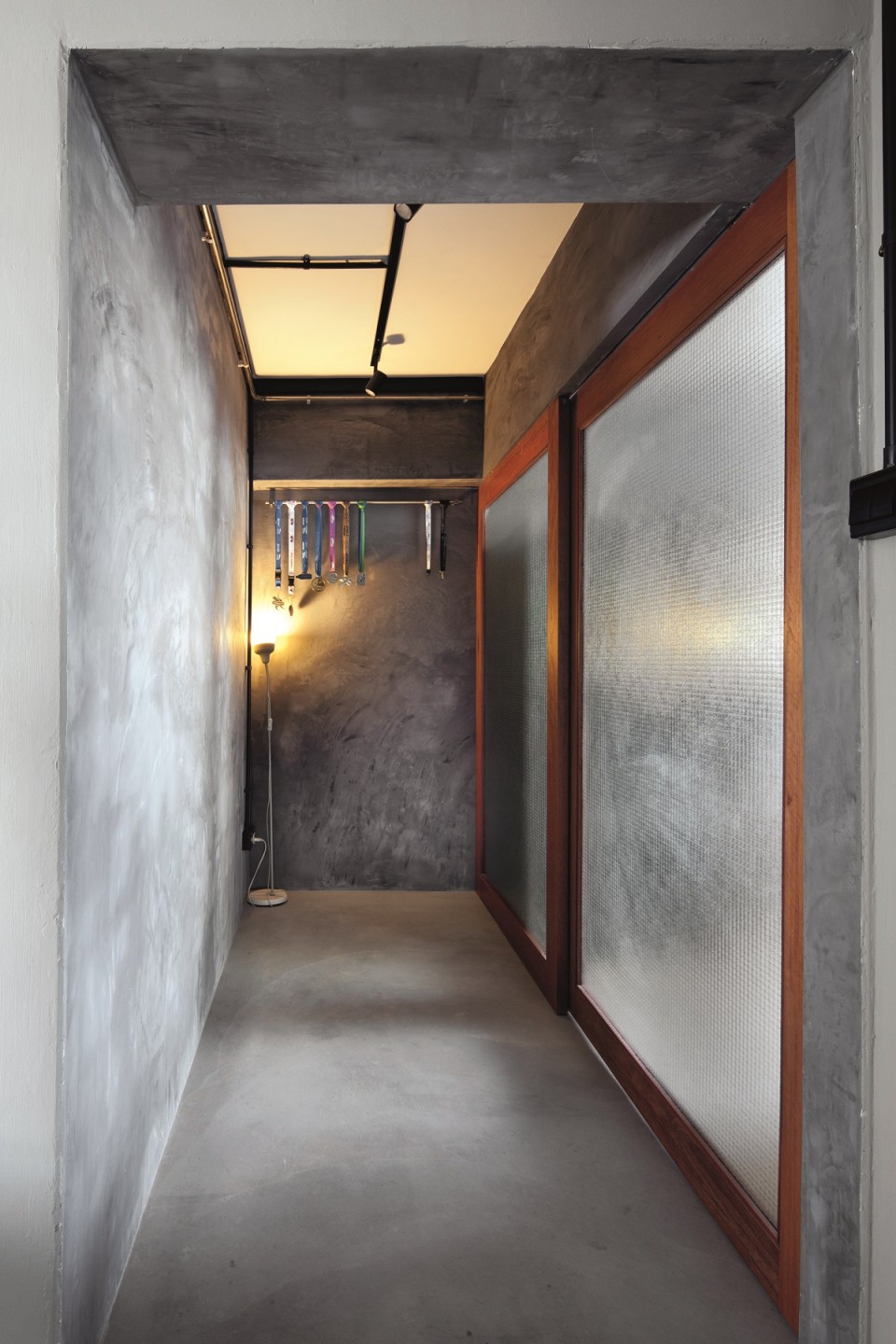
Commonly used in industrial-style homes as a finishing layer, concrete screed floors are created by blending sand and cement together for a smooth surface. Similar to their marble cousins, concrete screed floors can be prone to moisture damage due to their porous surfaces.
- While most concrete screed floors are coated with a layer of wax upon completion, it does not hurt to apply an additional sealer as a secondary protective measure.
- Do not use strong cleaning products (bleach, concentrated acids) for cleaning as they eat away at protective finishing, thus damaging the concrete underlayer over time.
Hardwood
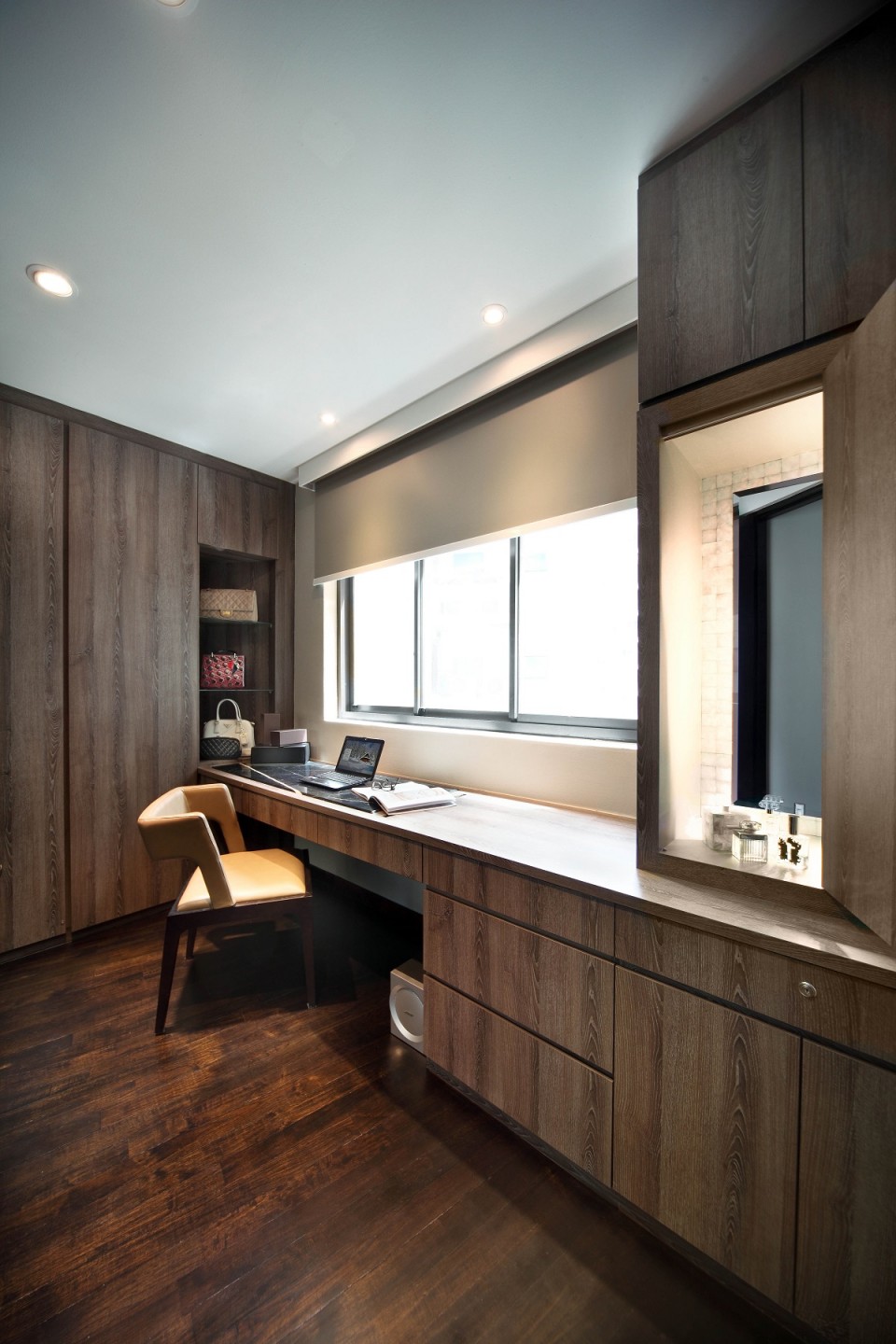
Hardwood floors are an aesthetically appealing option among homeowners due to the design flexibility they offer with their variety of natural shades. Regular cleaning and preventative care are must-dos for these solid floors as they are susceptible to common problems, such as decolouration and physical damage.
- When cleaning delicate hardwood surfaces, use softer cleaning tools, such as a microfiber mop, to avoid causing scratches.
- Avoid applying unnecessary pressure to hardwood floors as they are composed of a comparatively softer material than other surfaces. For instance, wearing shoes indoors is a big no-no, as it can create irreversible dents or scuff marks.
Vinyl
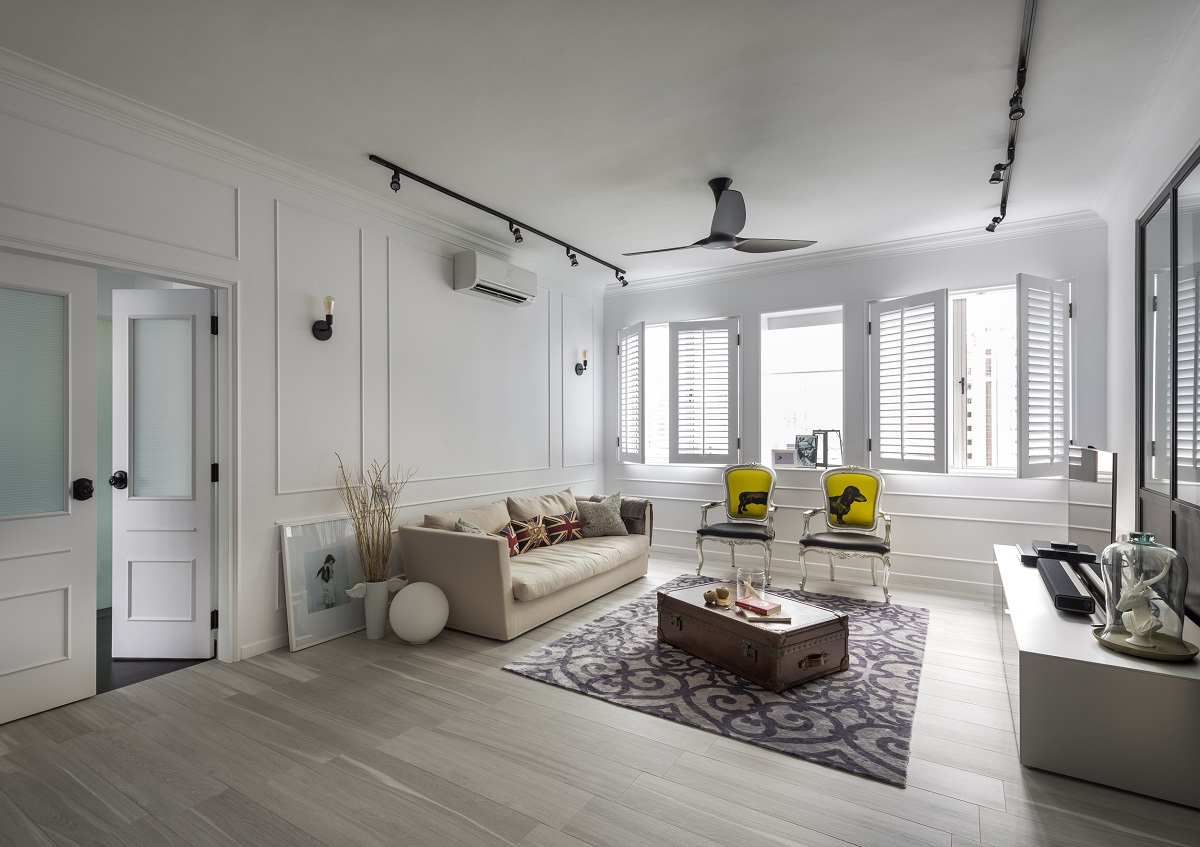
Who says you can’t have your cake and eat it? Capable of mimicking the look of stone and wood floors, vinyl is the perfect option for homeowners who wish to have the hardiness of engineered surfaces and the look of natural materials. Nonetheless, proper care has to be taken to extend the longevity of these resilient floors.
- Keep hot items or high-temperature household equipment away from vinyl floors (e.g. hairdryers, irons) as they can cause melting or discoloration.
- Loose strips can be dangerous as they can cause of a bad fall with a single misstep. Conduct regular checks to ensure that the adhesive seals between vinyl strips are intact.
Porcelain
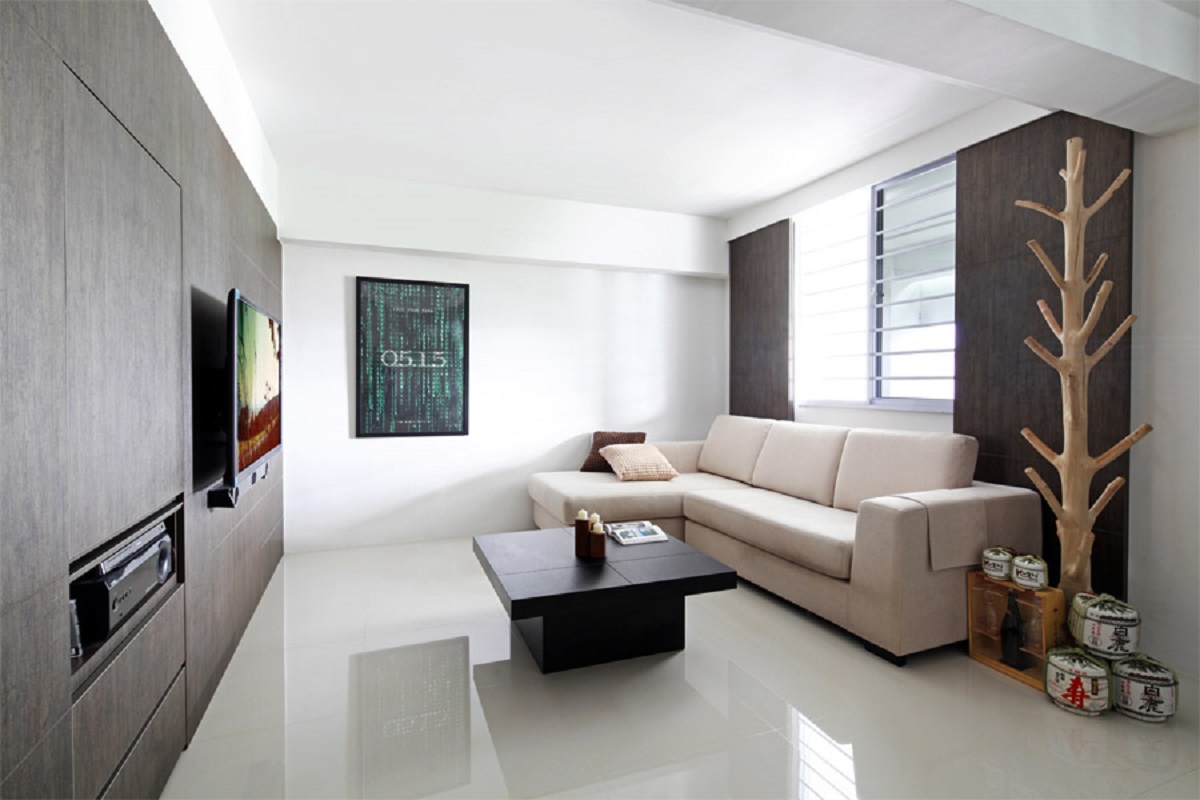
While it might seem brittle, porcelain is in truth a hard-wearing material that is not only resilient to staining, but also physical damage. These qualities make porcelain floors the perfect option for home areas that are frequently exposed to constant human traffic, such as entryways or even the bathroom.
- Remember to clean between tile grouts, as fungus and dirt can easily accumulate between these thin gaps.
- Feel free to use a wet mop to clean porcelain floors, as they are less absorbent than their wood or marble cousins.



